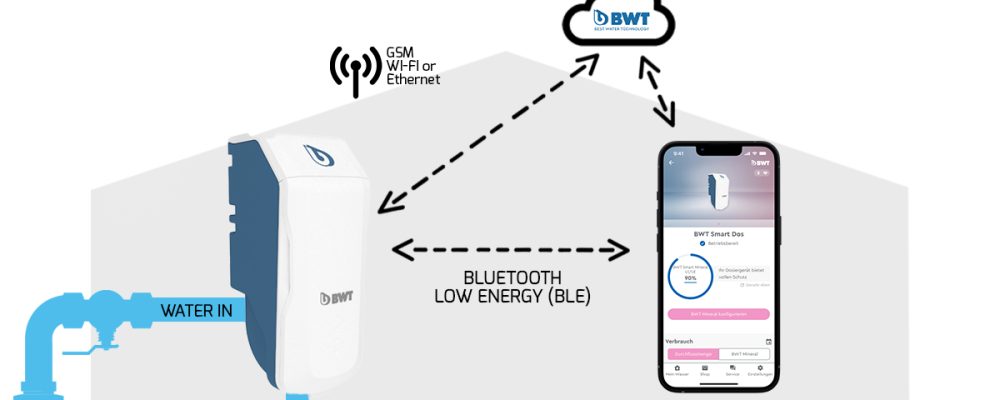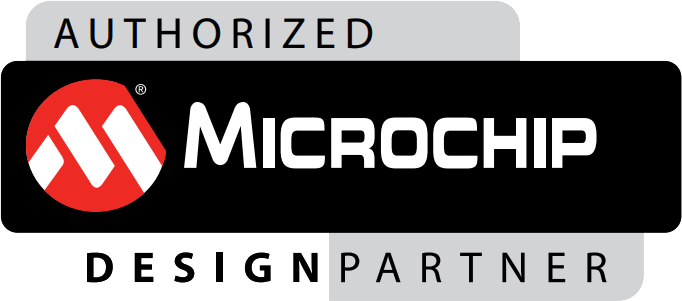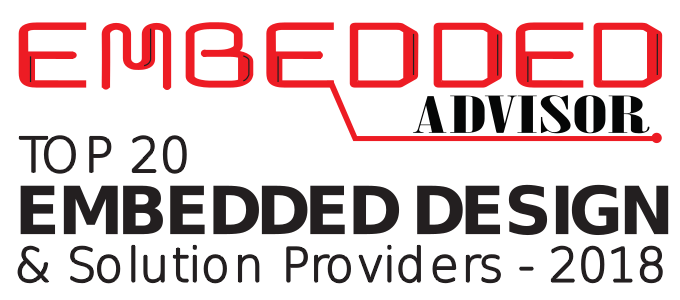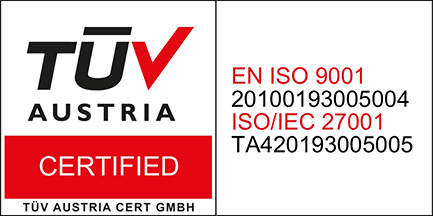
Development of Electronic Product that Transforms Water Quality and Improves Sustainability
In older drinking water installations, corrosive processes can pose a significant threat to the quality of drinking water, including the presence of heavy metals that can seriously compromise human health. Additionally, the formation of limescale in water pipes can significantly reduce flow rates or even damage the entire installation.
In response to these challenges, the teams at ARS and BWT have developed a cutting-edge device, the Smart Dos, which effectively prevents corrosion and stabilizes limescale levels in water supply systems.
How does the Smart Dos work?
By precisely dosing active ingredients in a customized manner, this device enhances the overall quality of water. Furthermore, it offers full connectivity options, including Bluetooth, Wi-Fi, LAN, and GSM, enabling users to easily monitor and control the device through the BWT Best Water Home app.

Our team has successfully crafted a novel cloud connectivity framework specifically designed for IoT devices within our client’s ecosystem. This framework not only accommodates an extensive array of cloud connection methods, including GSM, Wi-Fi, and Ethernet but also boasts remarkable flexibility and reusability. It was meticulously engineered for the Smart Dos device, providing a robust foundation for its functionality.
The significance of this development is further underscored by its ability to transcend its original purpose. Recognizing the framework’s potential, we have extended its implementation to other products within BWT portfolio, such as B.connect. This expansion is driven by the challenges previously faced by B.connect, primarily related to the unreliability of its existing cloud connectivity implementation. With our newly developed and highly adaptable framework, we are confident in effectively addressing these issues and ensuring a seamless cloud connection experience across all related products.
Furthermore, the goal was to ensure a mode of operation more suitable for this device, with the aim of maintaining its smart device characteristics in both offline and online modes. This required a departure from the conventional approach used with wireless devices. As a result, the concept involved embedding a significant portion of the product’s logic within the device itself, ensuring that the device could autonomously manage its functions even without a connection to the cloud. In this way, we have developed a device that operates independently, improving its reliability and performance even in situations when cloud connectivity is intermittent or completely unavailable.
How did we also contribute to the development of this device?
– Development of firmware in embedded C
– Enabled smart home integration with the help of flexible APIs
– Performed hardware design review
– Tested and verified the hardware prototype
– Tested electro-mechanical components
– Performed EMC risk assessment and documented into risk register
– Provided support for EMC testing and certification
– Developed application for secure cloud provisioning and automated testing in production
– Defined test plans and test cases for the whole IoT system testing
– Performed End-to-end testing of overall IoT system, providing feedback to software teams
The collaborative efforts between ARS and BWT have brought about a solution that not only improves water quality but also reduces consumption and environmental impact by up to 50%, emphasizing its commitment to sustainability. The Smart Dos device stands as a testament to the potential of technological innovation in addressing complex real-world challenges and providing tangible benefits to both end-users and the environment.




